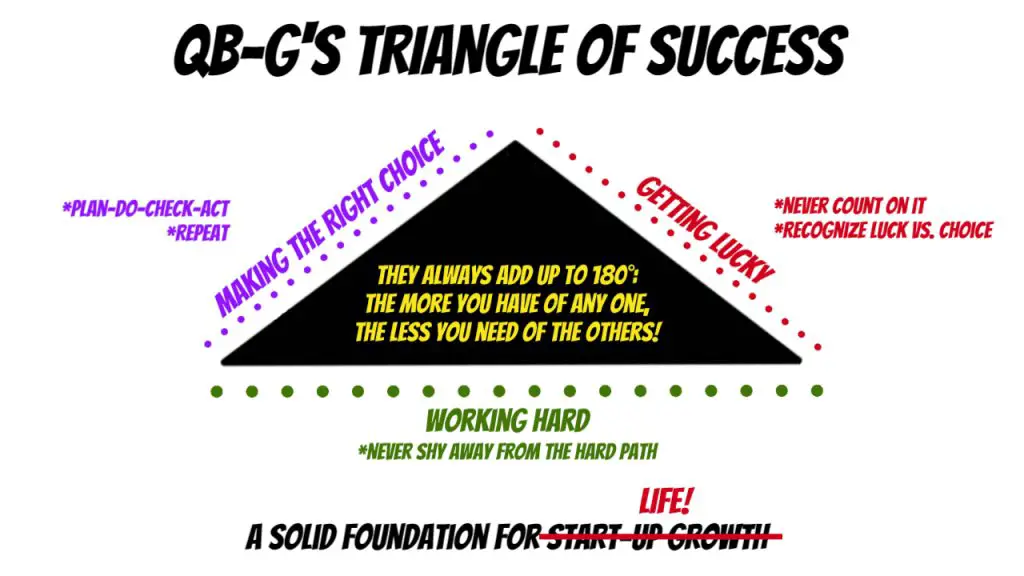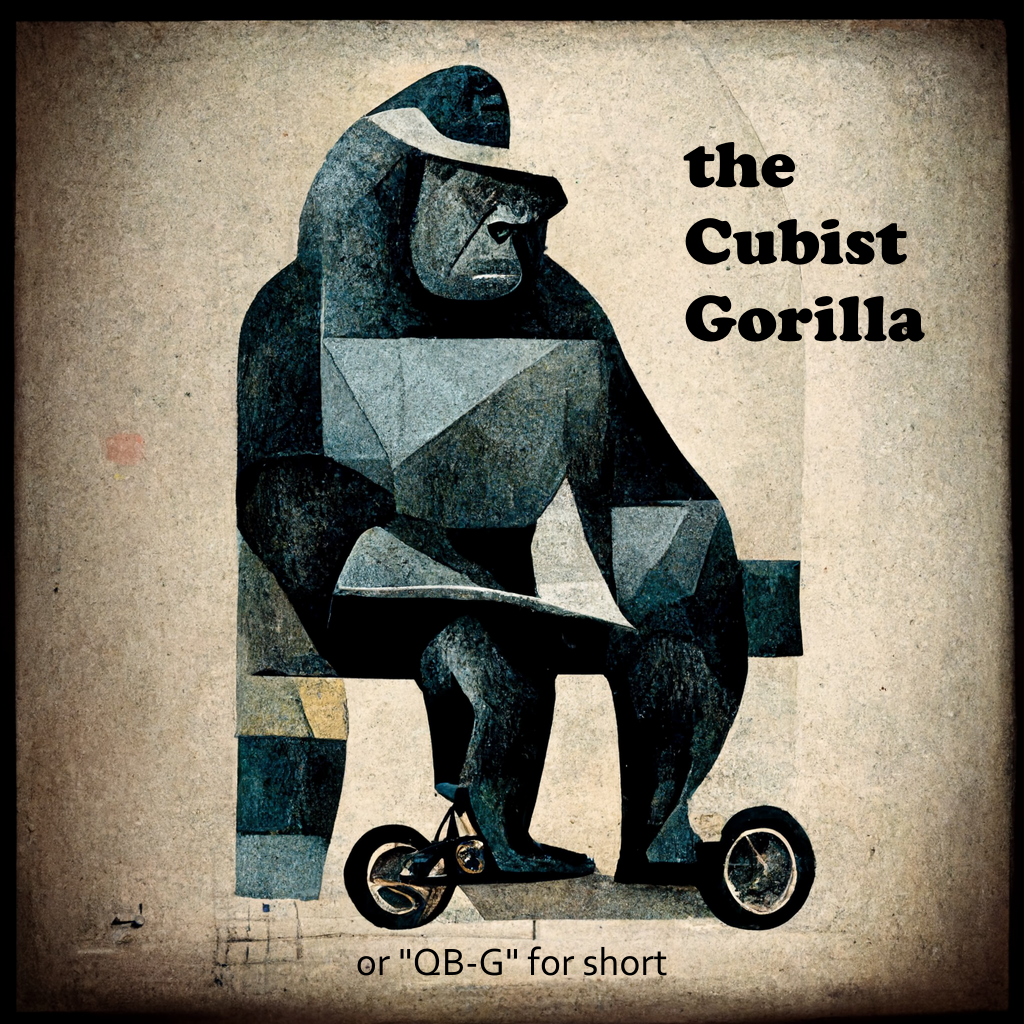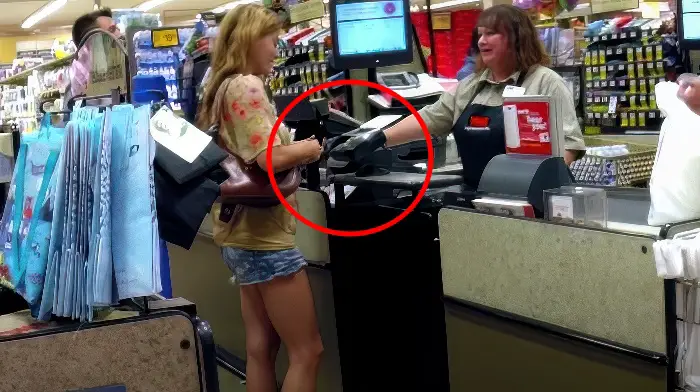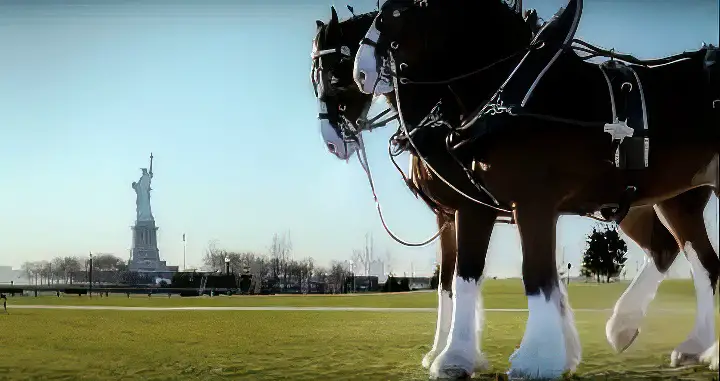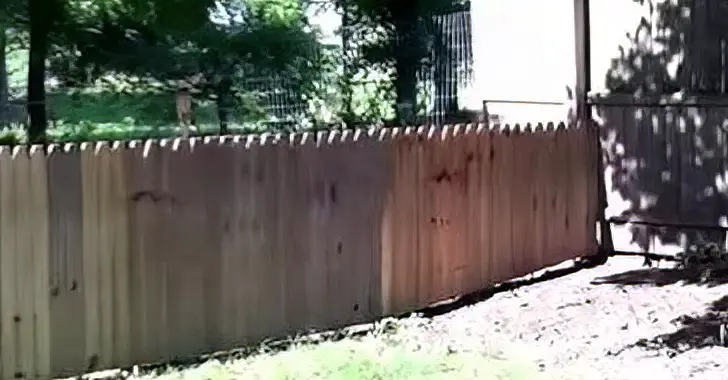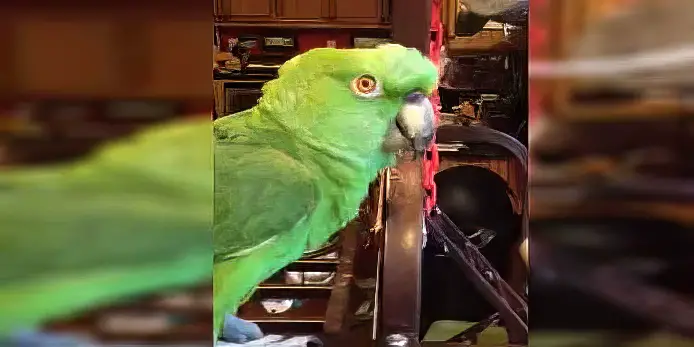[Note: This article is reprinted by permission. (c) 2023, The Cubist Gorilla. All rights reserved.]
 In my last article, I talked about the Triangle of Success, a business axiom that three crucial factors–quality, time and cost–are mutually dependent and must be managed for success. Visualized as a triangle, each corner represents one of these factors, and the sides of the triangle represent the relationships between them.
In my last article, I talked about the Triangle of Success, a business axiom that three crucial factors–quality, time and cost–are mutually dependent and must be managed for success. Visualized as a triangle, each corner represents one of these factors, and the sides of the triangle represent the relationships between them.
But as I said before, I grew up in the jungle and even though I may not be that smart, I certainly learned a few lessons along the way. I mean, here I am writing articles instead of swinging through the trees, so I must have done something right.
Cubey-G’s Triangle of Success
Just as the traditional Triangle of Success (TOS) represents a three-variable philosophy to victory, so does mine. I’ll call it Cubey-G’s Triangle of Success (CTS) to distinguish it and here are the three corners:
- Making the Right Choices: This first corner is pretty obvious: you have to choose the right things to be successful. First, are you in the right business? Do you know anything about it or can you learn it quickly, like before you go bankrupt? Do you zig when you need to zig and zag when you need to zag (skills that come in pretty handy in the jungle, believe me).
- Getting Lucky: There are lots of business experts that discount this second corner, which is basically chance. But only a fool would believe that everything is planned out, deterministic and without chance. Luck comes in good and bad forms for everyone, whether they believe it or not.
- Working Hard: The third corner is the one that I think is most crucial so I’ll spend more time on it below. Yes, success in the jungle depends upon making good choices and on luck. But it’s also about working hard at the everyday slog of staying alive and not getting eaten.
One thing that’s critical to CTS is to remember that each corner–the right choices, luck and hard work–is an angle. And since all the angles of a triangle always add up to be 180 degrees, the more you have of any one angle the less you need of the others.
Making the Right Choices
This corner is exactly like it sounds: you have to make good choices in order to succeed. But don’t read too much into this–it doesn’t say you have to make only good choices. A good choice is one that turns out to be right, period. You might well make a LOT of wrong choices before you make the right one.
There’s an old business adage that’s pretty good to remember when it comes to making choices: plan, do, check, act. Some call it the PDCA cycle and here’s what it means.
- Look at all the information you have available and make a plan for success. Evaluating the data you have is critical. Check your information, then make a plan based upon that information. Notice also that the plan comes first. More people fail by thinking they don’t have time to plan than for any other reason.
- After you have a plan then do it. Don’t rush into it without thinking (and planning) but don’t sit around worrying about making a mistake, either. If you’re confident you looked at the information you had and thought it through, go ahead with the first step of your plan.
- As soon as you’ve started executing your plan, you need to check the results. Don’t wait until you’ve finished executing before you start reviewing what’s happening. Start gathering as much information as you can about how you’re doing and figure out if things are working like you thought they would.
- Once you’ve checked your progress and results, ACT on them. If it looks like it’s working, stay with it. If it looks like maybe you made the wrong plan or the wrong choice, don’t be afraid to change course. And if you can’ tell yet, stay with it and gather more information after the next step.
None of the PDCA cycle is new and I’m not saying I came up with it. My point is that this corner, Making the Right Choices, is about systematically figuring out what you’re going to do, then doing it, then checking the results, then making corrections. Over and over and over.
Think about running through the jungle: if the path you’re on still looks good while you’re running, stay on it. If you see a tiger up ahead, or hear rumblings of a lion getting closer and closer, maybe a course correction is in order. No matter what, keep looking and listening and deciding whether you’re on the right path or not!
Getting Lucky
This corner of the triangle is probably the most misunderstood. I’m not saying you manipulate luck to be successful. In fact I’m saying the opposite: luck is going to manipulate you on your journey to success. No matter what you do, luck is going to play a part. Good luck is going to help you and back luck is going to hurt you. But here’s a few key points to keep in mind.
- Watch out for good luck and capitalize on it when it comes. If you’re thinking there’s no way something’s going to happen–like your post going viral or some influencer giving your product an unsolicited plug–and suddenly it happens, then capitalize on it. Maybe you pay to boost a post that’s already doing great because you’ll be at the top of more feeds. Try to make the most of the good luck. BUT…
- Look hard at what’s happening to see if it’s just good luck or it’s something you caused to happen with a good (or bad) decision. One of the WORST things you can do is get a bit of good luck and fail to recognize it as such, instead thinking what happened was because you are so smart or competent. That’s called BELIEVING YOUR OWN BS and it’s one of the fastest ways to ruin everything you’ve worked for. If it’s good luck, it’s a temporary increase in your fortunes–use the extra money/time to shore up your defenses against the next time you’re not so lucky.
- Remember that bad luck, just like good, is a temporary change in your fortunes. I mean, it really sucks, but it is what it is. Just put your head down and persevere. Talk to any entrepreneur and you’ll almost certainly hear a variation of the same story: everything was going wrong and they just ground it out, day after day, until they finally got to the other side and realized they were in a much better place than if things had continued to go smoothly. So remember to stick with it. BUT…
- Go back to #2 only this time, check to make sure the bad luck is not a bad decision that needs to be corrected. Again, don’t believe your own BS–if it’s bad results from a decision you made, rather than just bad luck, then own up to it and fix it.
So by this point you’re probably saying, “Well how do I know if something good or bad is just luck or is the result of a good or bad decision?” Unfortunately, that takes experience that can’t be reduced to writing on the page. Some things you just have to live through and sometimes you fail. Sorry but that’s QB-G’s experience–it’s called the law of the jungle.
Working Hard
I saved this corner for last because it’s the most important. It’s the one you have the most control over and the one thing you can do when you’re not sure what else to do. Whether it’s gather more information, do one more draft, practice the presentation one more time, do one more pass on the video or the song–whatever. Sometimes (a lot of times, actually), it’s on that one last pass over familiar ground that you spot something that could make or break the entire effort.
And there’s an extension of working hard that is important to point out here. Working hard also means doing what needs to be done, no matter how hard it is. Or put another way: don’t avoid doing what you know is right just because it’s going to be hard. It’s like the long problems in school: most of the time the value comes from solving the problem, not getting the right answer. Having someone tell you the answer may be the easiest way but the next time you’re faced with the same problem–and of course you will be–you still won’t know how to solve it.
Now I’m not saying just do some work for work’s sake and I’m definitely an advocate for working smart instead of hard. But if you’re already working as smart as you can, a lot of times the difference between success and failure is how hard you’re willing to work. Dori’s little song in “Finding Nemo” is pretty good advice: just keep swimming and you’ll be surprised at how far you can go.
180 Degrees: Putting It All Together
One of the key things to remember is that a triangle has exactly 180 degrees when you add up all the corners. Not 179 and not 181, exactly 180 degrees. And the reason it’s called a Triangle of Success is that the three corners are related just like a triangle: the more you have of one, the less you need of the others.
And here’s where the hard work corner shows it’s strength. If you commit to hard work and by extension, never avoiding something just because you know it’s going to be hard, you’re expanding that corner to as big as you can make it, which means the others can be smaller.
And it’s a good thing, too. Because you don’t have any control over luck and decision-making is iterative–you’re not always going to make the right ones. So those corners aren’t the ones you want to rely upon. If you’re constantly working hard toward your goal and not trying to take the shortcuts, then in Cubey G’s book, you’ve got the best chance to succeed.
As I said before, in the jungle, we tend to learn visually, so here’s a short video I did for this topic if you’re a visual learner like me.
Conclusion:
I developed QB-G’s Triangle of Success in the jungle where bad things happen, even to good gorillas, and a lot of times it was hard to know exactly what to do next. What I figured out is that if I’m constantly trying to make the right decision, evaluating every decision I make against what I thought would happen and always working hard toward my goals, then those few times when I got some good luck the triangle came together and I succeeded.
And I also figured out that if I kept my head down and kept pushing, then as long as I was moving toward the right goals I could weather just about anything I came up against because I knew I’d eventually get past it.
And once I got a little older I realized this Triangle wasn’t just for business success. It turns out that it’s a pretty good philosophy to succeed in just about anything–including life.
